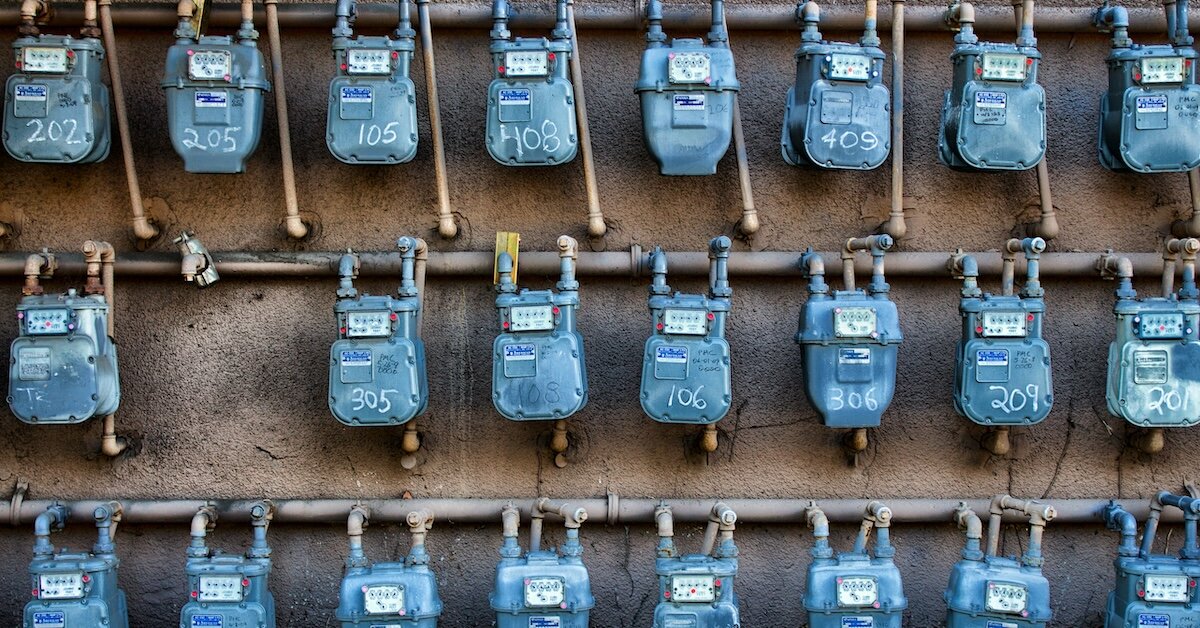Triple Net Lease (NNN): Meaning, Pros, and How It Works in CRE
Learn


Triple net leases (NNN leases) are one of the most common—but often misunderstood—structures in commercial real estate. Known for its balance of risk and reward, the NNN lease is favored by investors seeking predictable cash flow and tenants looking for more control. But exactly how does a triple net lease work, and is it the right fit for your investment strategy? This guide breaks down the basics of the NNN lease, including how it works and why it’s worth considering.
What Is a Triple Net Lease (NNN)?
A triple net lease (NNN lease) is a type of commercial real estate agreement where the tenant agrees to pay three major expense categories - property taxes, building insurance, and maintenance costs - in addition to base rent and utilities. Triple net leases shift more of the financial responsibility from the landlord to the tenant with a triple net lease, meaning investors can look forward to a more predictable, stable income.
Key Components of a Triple Net Lease
The 'net' in triple net lease refers to the three expense categories passed along to tenants:
- Property Taxes: Tenants pay local and state taxes assessed on the property, including future increases.
- Insurance: The tenant covers premiums for insuring the building structure, and in some cases, liability insurance as well.
- Maintenance: Tenants handle routine upkeep such as landscaping, and may also be responsible for major systems like HVAC or roofing.
In many NNN leases, tenants send a single monthly payment that includes base rent and an estimated share of these costs, often based on square footage or specific lease terms.

Benefits of Triple Net Leases for Landlords
For property owners, NNN leases are a unique opportunity to simplify management while building consistent income. This lease structure is especially appealing for investors looking to scale without the day-to-day demands of active property management.
- Lower Management Burden: Tenants manage routine operations, freeing landlords from the day-to-day grind. It reduces landlord oversight and hands-on involvement which is ideal for investors seeking passive income.
- Predictable Income: Since tenants cover variable expenses, landlords enjoy a steady stream of net operating income (NOI). This consistency makes cash flow easier to forecast and helps reduce the risk of budget surprises.
- Long-Term Stability: Most NNN leases span a decade or longer, often with built-in rent bumps, providing reliable, long-term revenue with fewer gaps in occupancy.
Advantages of NNN Leases for Tenants
Triple net leases don’t just benefit landlords, tenants can enjoy advantages as well. While NNN agreements come with added responsibilities, they also offer unique opportunities for tenants, such as:
- Lower Base Rent: Because tenants assume key operating expenses, landlords typically offer lower base rent than they would with gross or full-service leases. This cost structure can be a smart option for businesses that want a strong location while keeping base rent lower.
- Greater Control: In an NNN lease, tenants have more say in how the property is managed, from choosing service providers to scheduling maintenance. This autonomy helps businesses align the space with their operations and brand experience.
- Tax Flexibility: Depending on the nature of their business, tenants may be able to deduct some of the costs they take on, such as property taxes, insurance premiums, and certain maintenance expenses. These savings can add up, especially for tenants occupying larger or long-term spaces.

Potential Drawbacks of NNN Leases
While NNN leases offer advantages, they also come with certain tradeoffs. Both landlords and tenants should be aware of the possible challenges before entering into one.
• Shifting Expenses for Tenants: Tenants are on the hook for operating costs, and those costs can fluctuate. If property taxes spike or major systems need repairs, the total occupancy cost can increase significantly, making it harder for tenants to budget long-term occupancy costs.
• Landlord Risk During Vacancy: If a tenant vacates or defaults, the landlord must resume covering all operating expenses until a new lease is signed.
• Limited Rent Upside: For landlords, the stability of long-term leases can come at a cost. If market rents rise quickly, they may be locked into below-market rates until the lease term ends, limiting potential gains.
There are some drawbacks to an NNN lease, meaning this option might not be the right fit for all landlords or tenants. But knowing what to expect - both the risks and the rewards - empowers you to make a more informed, strategic leasing decision.
Common Property Types Using Triple Net Leases
You’ll most often find triple net leases in single-tenant commercial spaces, including:
- Retail spaces (e.g., pharmacies, fast food chains)
- Standalone industrial facilities and distribution centers
- Medical offices and urgent care clinics
- Freestanding bank branches and financial service offices
These property types suit NNN leases well because tenants typically manage their own space and operations.

NNN Leases vs. Other Commercial Lease Structures
Here’s how NNN leases compare to other common lease types:
• NNN Lease vs. Gross Lease: In a gross lease, the tenant pays one flat rent amount, and the landlord handles all operating expenses.
• NNN Lease vs. Modified Gross Lease: The landlord covers certain expenses in the first year of a modified gross lease, and the tenant pays increases in taxes, insurance, and maintenance after that.
• NNN Lease vs. Pass-Through Lease: In a pass-through lease, the tenant pays base rent and reimburses the landlord separately for specific operating expenses.

How NNN Leases Impact Investment Strategy
For investors, triple net leases offer reliable income, reduced oversight, and fewer unexpected expenses. Because tenants handle most expenses, NOI remains consistent, making it easier to value properties and forecast returns.
Many investors assess NNN properties using cap rate calculations. With fixed rent schedules and fewer unknowns, NNN assets are often viewed as low-maintenance, income-generating portfolio anchors.
How to Calculate NNN Lease Payments
Here’s how lease payments are typically structured in an NNN lease.
Tenants pay:
- Base rent
- A proportionate share of estimated annual expenses (taxes, insurance, and maintenance)
Landlords typically estimate these costs, divide them monthly, and add them to the rent invoice. For single-tenant properties, the calculation for triple net lease payments is especially straightforward.
Example: Let’s say a tenant pays $3,000 in base rent. The landlord estimates annual operating expenses at $12,000. Divided by 12 months, that’s $1,000/month in additional charges. So the tenant would pay $4,000 total each month under the NNN lease.

Is a Triple Net Lease the Right Fit?
Like any commercial real estate structure, NNN leases come with tradeoffs. For landlords, they offer hands-off income with reduced operational hassle. For tenants, they provide greater control over occupancy costs, along with added responsibility.
Understanding how NNN leases work helps both investors and tenants make informed, strategic decisions. Whether you’re evaluating a new asset or negotiating lease terms, a solid grasp of the meaning of NNN can give you a competitive edge.
Ready to Explore NNN Properties? Crexi connects investors, brokers, and tenants with NNN lease opportunities across the country. Use our platform to research listings, compare properties, and close with confidence.









